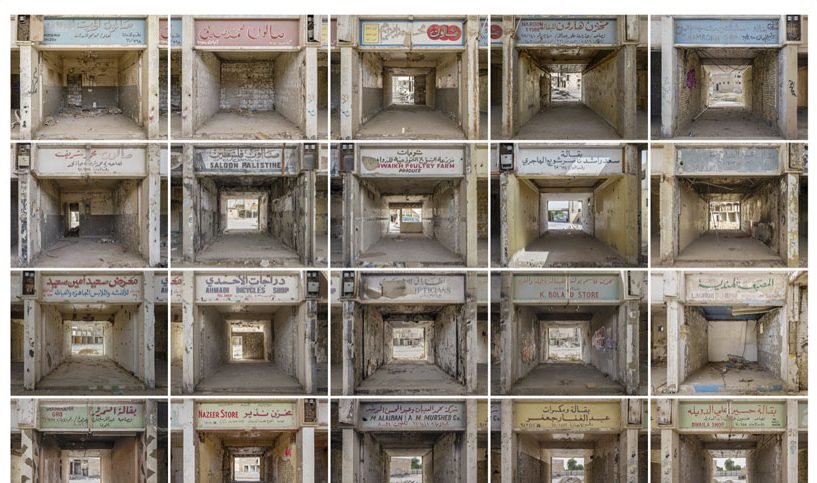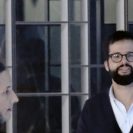For Huda Abdulmughni, time and place play an important part of her work as a photographer. She’s always believed that she can use her camera as a way to get closer to people that she’d just met and to document rapidly evolving spaces. Kuwait’s urban landscape is no exception, as buildings are disappearing almost overnight to give way to new structures and developments.
“I’m interested in people’s stories and find that photography can be a way to get people to share more about themselves. It’s a process that requires a lot of trust, and can sometimes take weeks to build.” Huda begins by telling bazaar about her early passion for photography, “I was obsessed with the photographs in the National Geographic and Life magazine – which I ended up building quite a large collection of! I bought my first camera, the Canon AE-1, when I turned 16, and have been taking photographs ever since. In fact, I still use that camera.”
An interior architect by degree but a self professed full time photographer, Huda’s recent focus has shifted toward documenting Kuwait’s evolving urban landscape. She visited the East Ahmadi Market in 2015 out of interest to photograph the building itself. She noted how the building had been abandoned for so many years, barely standing together to represent a relic of an era that is long gone.
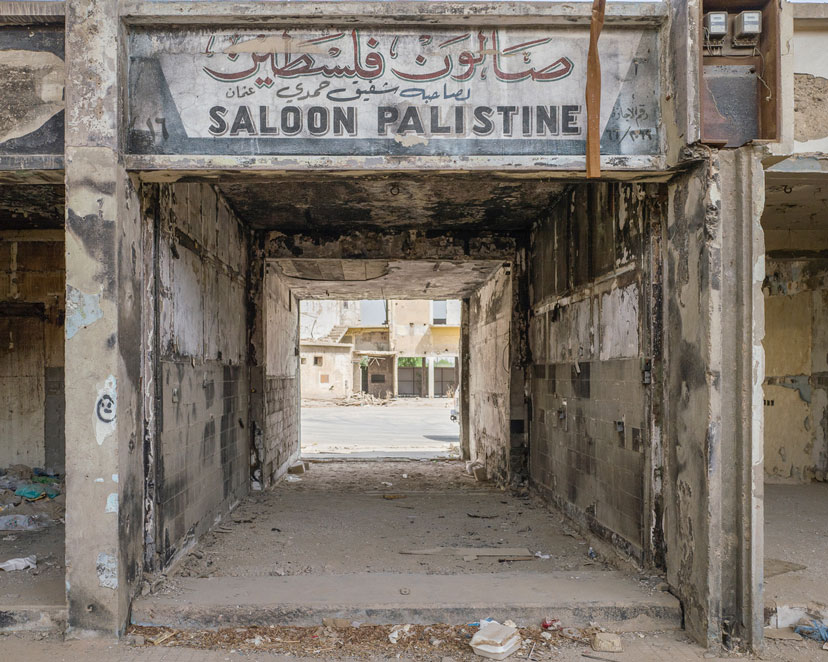
It was the store signs, however, which caught her attention. “The handwritten store signs were still so bright and held their shape well,” she says, “The signs themselves bore a lot of information from the writing style used to display the name of the owners. The year in which the store was registered was also a part of the signage with the earliest store opening in 1961 and the latest in 1972.”
With that information in mind, Huda was then able to access the archives of these stores from Kuwait’s National Council of Culture, Arts and Letters (NCCAL) and she unearthed an impressive amount of historic documents such as the inventory of the stores, and specific official letters from store owners, such as how one stone owner wanted to change the wording of his store’s signage from selling spare parts to selling winter blankets, but this letter was declined by the municipality.
Fascinated by her findings, she delved deeper, learning more about the now forgotten East Ahmadi Market.
“Throughout my research I was constantly told by those that saw the Ahmadi market in the 70s that the people of the city would visit Ahmadi for the market on Fridays. From that I got the idea of bringing the market to people in the city” she explains.
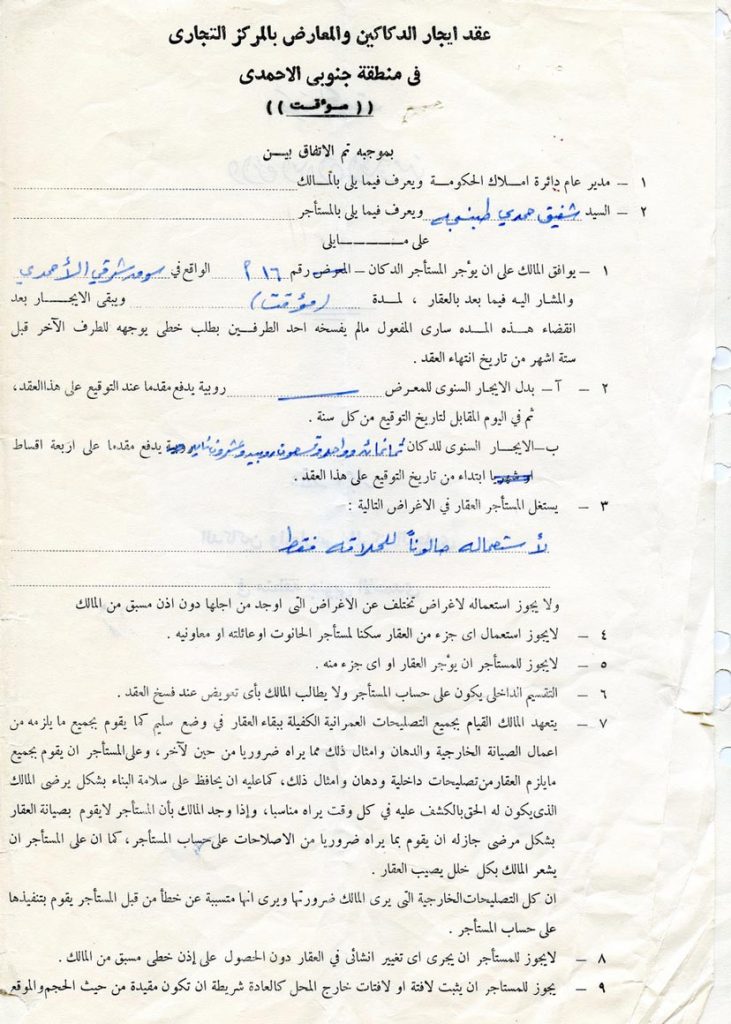
What struck Huda on her first visit to the Souq were the store signs; each sign, drawn by hand, displayed a variety of Arabic scripts including naskh, nostalgic, ruq’ah, and free-hand. The signs carried information on the year in which the store opened, mostly ranging from 1965 to 1974, and the names of the Palestinian, Indian, Iranian and Syrian shop-owners.
Al-Ahmadi was founded in the forties when oil was discovered in the south of Kuwait, and with its placement and business deeply centered around the oil industry, it mainly served the needs of the employees of the Kuwait Oil Company. Al-Ahmadi not only marked a new stage in urban design and planning at the time, it also functioned as a self-contained suburban town.
Many curious visitors frequented the town to admire the modern architecture, plentiful walkways and budding greenery, and at the center of it all was the market that was built in 1961. Currently, it stands abandoned, as the urban landscape has changed when the country nationalized most of the oil industry.
Fast forward to today, Huda brings a huge part of Kuwait’s cultural and commercial past to the heart of Souq Al Mubarakiya via her unique installation of these beautiful storefronts. Each installation of the 12 recreated store fronts comes with a specific QR code which can be scanned by any smart device to unveil the archival documents that belong to each shop, and in exploring these documents, the viewer relives a time and place in Kuwait that is essentially no longer in existence.
Huda creates an esoteric, open air experience that is waiting to be discovered in the heart of Souq Al Mubarakiya, and while the actual installation of these store fronts happened late last year, the twelve installations are scattered all around the souq and still stand today.
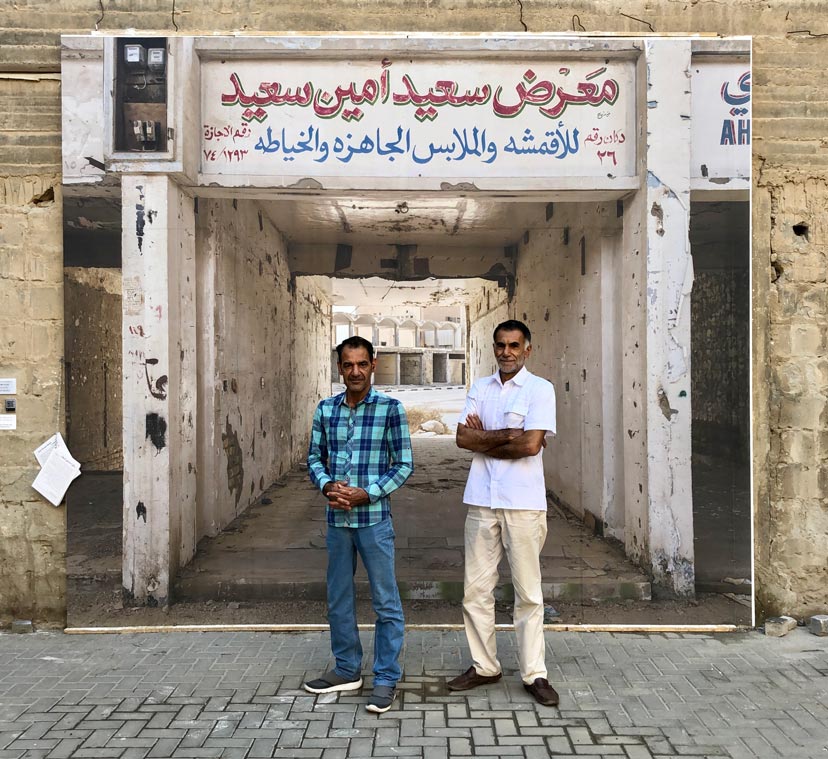
We initially wanted to run this story back in February of this year, but with every interruption caused by this pandemic comes a new opportunity. This month, bazaar is running a very limited run of beautifully designed maps by Huda of Souq Al Mubarakiya denoting the placement of each installation. So you might be lucky and find the map in your physical copy of the December issue!
Huda also agrees that the COVID-19 pandemic brought with it positive changes, “Strangely enough, the lockdown ended up opening up a lot of opportunities for me to learn and practice photography. Many different institutions such as VII academy and the Leica academy opened up online workshops that I was able to partake in. If they were in-person, I’m not sure that I would have had the chance to join. I was also able to work on two new projects: one, focusing on self-portraiture for the first time; and another in which I took ‘remote’ portraits of people around the world through their webcams. In the second project, my goal was to capture how people have adapted their homes to also become their school, gym, office, studio and so on.”
And while she won’t reveal much about her upcoming projects, we can’t wait to see what Huda comes up with next.
For more information, visit hudaabdulmughni.com and check out @takenbyHuda on Instagram.



